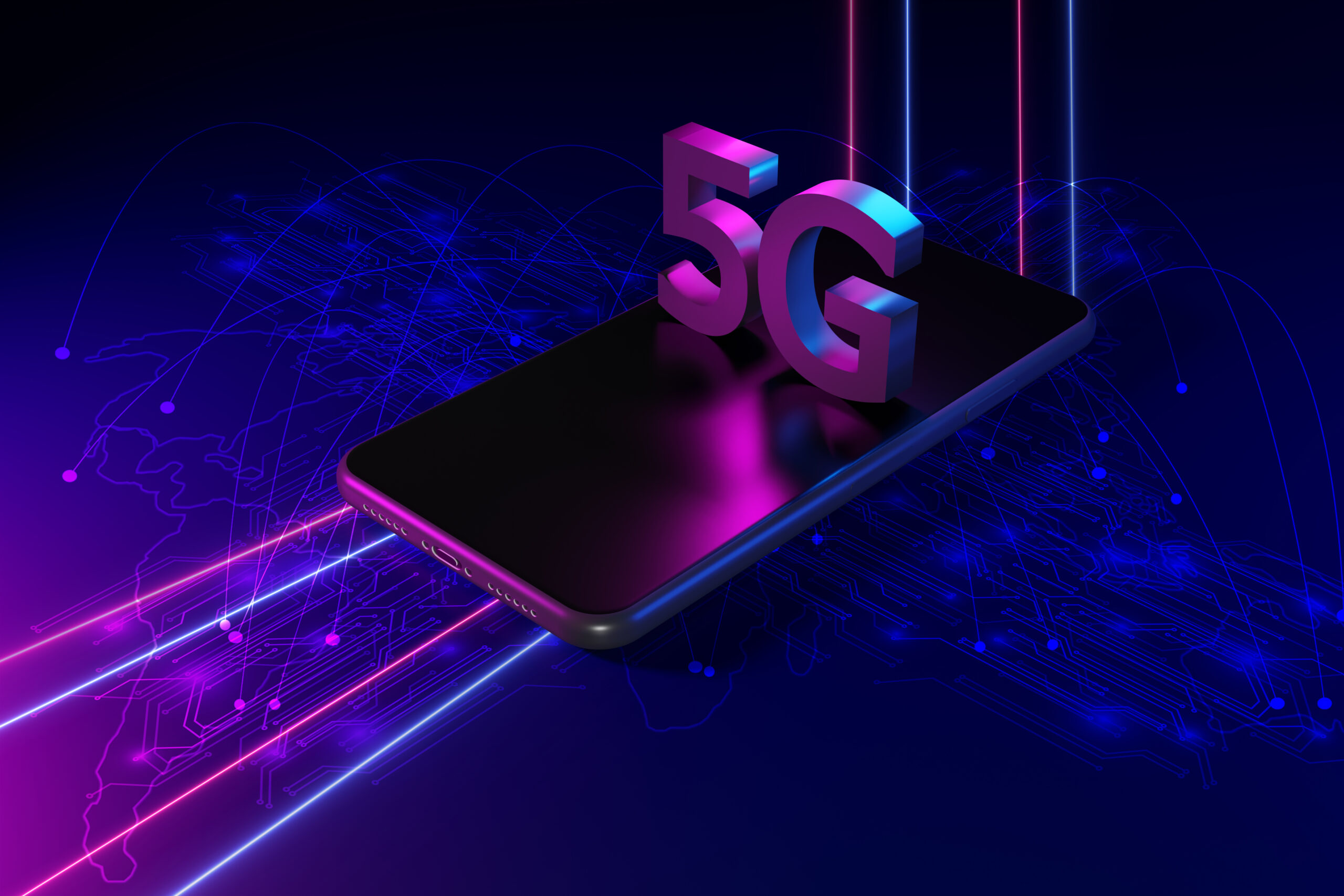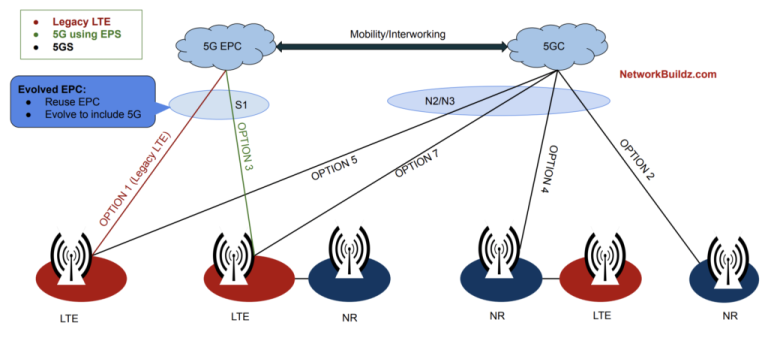5G Broadband Explained: Unlocking Ultra-Fast Internet Speeds
telcomatraining.com – In today’s fast-paced digital age, speed and connectivity are more important than ever. With the rise of remote work, smart homes, and digital entertainment, the demand for faster and more reliable internet has skyrocketed. Enter 5G broadband—the next generation of wireless technology that promises to revolutionize the way we connect, communicate, and consume content. But what exactly is 5G, and how does it deliver ultra-fast internet speeds? Let’s dive in.
What is 5G Broadband?
5G, short for fifth generation, is the latest advancement in mobile network technology, following 4G LTE. While previous generations focused on improving mobile communication, 5G is designed to provide significantly faster data speeds, lower latency, and greater capacity. It’s not just an upgrade for smartphones; 5G broadband extends high-speed internet to homes, businesses, and even entire cities through fixed wireless access (FWA).
Unlike traditional broadband that relies on cables or fiber-optic lines, 5G broadband uses wireless radio signals to deliver high-speed internet. This allows for quick deployment, especially in rural or underserved areas where laying physical infrastructure can be challenging or expensive.
Key Benefits of 5G Broadband
- Blazing-Fast Speeds
One of the biggest selling points of 5G is its speed. In optimal conditions, 5G can deliver download speeds of up to 10 Gbps—more than 100 times faster than 4G LTE. This makes streaming 4K or even 8K videos, downloading large files, and playing online games seamless and buffer-free. - Ultra-Low Latency
Latency refers to the time it takes for data to travel from one point to another. 5G boasts latency as low as 1 millisecond, enabling real-time responsiveness. This is crucial for applications like autonomous vehicles, remote surgeries, and cloud gaming. - Greater Connectivity
5G networks can support millions of devices per square kilometer, making it ideal for the Internet of Things (IoT). From smart thermostats and security cameras to wearable tech and industrial sensors, 5G enables a hyper-connected world. - Improved Reliability
Thanks to network slicing and other innovations, 5G can deliver more reliable connections, even in densely populated areas. Whether you’re at a concert, sports event, or in a crowded city, 5G ensures consistent performance. - Enhanced Mobility
With better handover capabilities and wider coverage, 5G supports fast-moving vehicles, such as high-speed trains and drones, without dropping connection or speed.
5G vs Traditional Broadband: What’s the Difference?
While fiber-optic broadband still offers impressive speeds and reliability, it comes with limitations—mainly in deployment and scalability. Installing fiber involves digging trenches and laying cables, which is time-consuming and costly. In contrast, 5G broadband can be rolled out more rapidly using wireless base stations and receivers.
For many users, especially those in remote or newly developed areas, 5G broadband provides a viable alternative to fiber, with comparable or even superior performance.
Challenges and Considerations
Despite its advantages, 5G broadband is not without challenges. Coverage gaps, infrastructure costs, and device compatibility are some hurdles that providers and consumers must overcome. Moreover, higher-frequency 5G signals (like mmWave) have limited range and can be obstructed by buildings, trees, or even rain. To address this, service providers use a mix of low, mid, and high-band frequencies to balance speed and coverage.
The Future of 5G Broadband
As 5G technology matures, its applications will continue to expand. From smart cities and industrial automation to virtual reality and AI-driven services, 5G broadband is poised to be the backbone of the next digital revolution.
Telecom companies worldwide are heavily investing in 5G infrastructure, and governments are supporting widespread adoption. In the coming years, we can expect broader access, improved hardware, and innovative use cases that will reshape how we experience the internet.
Conclusion
5G broadband is more than just a speed boost—it’s a transformative technology that opens up new possibilities for connectivity, innovation, and digital experiences. As it becomes more accessible, users around the globe will benefit from ultra-fast internet that meets the demands of a rapidly evolving digital world.






